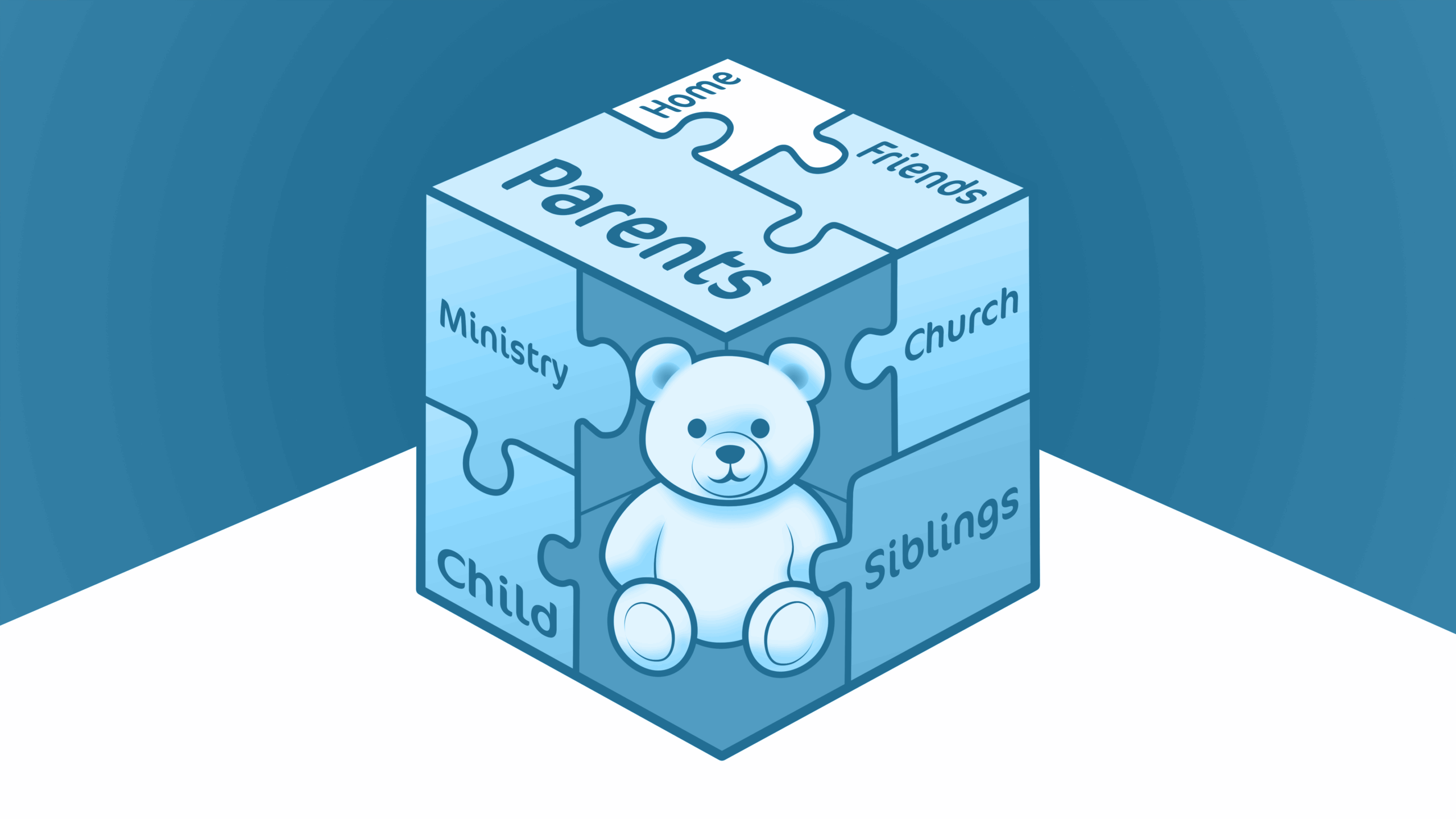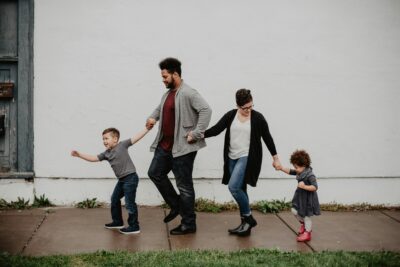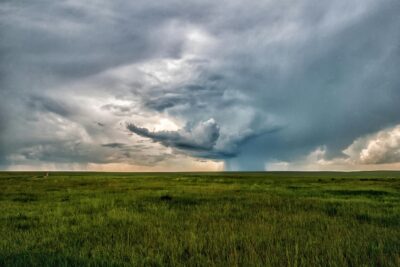
Responding to Child-on-Child Sexual Misconduct

Theresa Sidebotham assists organizations in the U.S. and internationally, with a special focus on employment law, religious and nonprofit law, and child safety. She advises on numerous misconduct investigations. She is also the founder of Telios Law PLLC. Theresa was mentored by judges at the Colorado Court of Appeals and worked at a large law firm serving religious institutions and doing general litigation before opening Telios Law. She has since gone on to represent a variety of businesses, ministries, churches, and individual clients in matters ranging from child protection to employment to civil rights and more. Her cross-cultural experience helps her serve ministries and businesses well, particularly in negotiating employment problems and conducting internal investigations into misconduct allegations.
EDITORS NOTE: For ministry leaders, prevention of child-on-child misconduct should include screening, training, and appropriate levels of supervision. For parents, teaching kids appropriate boundaries is important for equipping children to recognize and resist abusive or inappropriate behavior. Two great resources on this topic are Safeguards by Julie Lowe and God Made all of Me: A book to help children protect their bodies by Justin & Lindsey Holcomb.
While abuse of a child by an adult is terrible, it’s usually straightforward to evaluate what is happening. But what about sexual misconduct between children? Is it always abuse? No. Is it always illegal? No. And what should we do about it? The impact on children’s lives is not measured by whether the actions are abuse or a crime—so we must take it seriously.[1]
As we evaluate how to respond, it may help to use as an example several common situations. We’ll take the perspective of behavior that is discovered by a church or ministry, but parents will also have to evaluate situations they uncover.
Very Young Children Together
Let’s look first at child–on–child sexual exploration by very young children. If children who are very young and close in age engage in this behavior, we don’t consider it to be sexual abuse. That doesn’t end the analysis, though. Some physical exploration is perfectly normal and is nothing to worry about beyond teaching the child appropriate boundaries. However, sexual acting out by a young child is usually a sign of a problem. (One way to differentiate is whether the behavior is something you would expect a young child to come up with on his or her own. Pulling down pants is a fairly natural impulse, but sexualized behaviors would not be.) The child might have been abused by an older child or adult, might have been exposed to porn, or might have been taught by another child who was abused. Further evaluation is needed.
The general principle here is that both young children need help and appropriate counseling. It’s very unwise to ignore the situation, assuming the child will forget, as trauma may develop years down the road. Depending on the state, a mandated report should also be filed, and resources may be available. And the ministry should evaluate their child safety program to better prevent this kind of behavior.
Older Child and Small Child
Next is the situation where an older child, perhaps 13 or so, molests or otherwise engages in sexual activity with much younger children. We would normally consider this to be sexual abuse and it’s certainly predatory. It should be reported, and there may be juvenile proceedings. Again, it is very important that both children get help. The victim needs help to process the trauma, and the offender needs specialized help to redirect his or her sexuality away from deviancy. The offending child may well have been abused at some prior time. Timely help can prevent both trauma and reoffending.
The ministry may need to restrict access for the offending child, because of the abusive and predatory behavior. There may need to be an investigation, notification, or other steps to identify and/or protect other children. Sometimes the older child will need to be separated from younger siblings for a time.
Sort of Peers
Next is the situation that might be within statutory parameters, such as a dating relationship between a 16 year old and a 13 year old that leads to sexual activity. (States vary on their statutory standards for what is often called a “Romeo and Juliet” relationship.) This may not be either criminal or reportable, though it might be. Even if it’s consensual, it could be statutory rape. If the ages shift slightly, say to 18 and 15, the reporting and criminal analysis may change too. The ministry will need to evaluate the legal standard.
But other than reporting, what should ministries do about a situation like this? While the behavior may not be criminal, most churches will consider it sinful. But it is more concerning than a similar relationship between two teens of the same age. Because of the age and maturity differential, the behavior is likely to be predatory. This is not always true, as teens can mature at very different rates, but it’s certainly a possibility to be explored. In these relationships, where one child may be exploiting the other, it’s important to take that into account. Again, both children likely need help, psychological as well as spiritual. There may need to be some church discipline, especially of the older and more responsible child, and efforts to ensure that no one else has been put at risk or will be put at risk.
Actual Peers
Sometimes there can be sexual activity between peers of the same age. In these situations, it’s still important to realize that sexual acting out often comes from some prior abuse or exposure. Minors are not making adult cognitive choices, and sexual acting out is harmful to the children involved. In addition to a spiritual approach to the sin, most children likely need some additional help.
Family Involvement
In all of these cases, the parents will be important players. Parents may work cooperatively with the ministry, but even if they do not, the ministry cannot ignore the situation. Sometimes, parents are naïve and in denial and think it will be sufficient just to caution the offending child “not to do that again.” This is an unwise approach that can tragically wreck the lives of the children involved, and churches need to make sure to consider the safety of everyone.
If a report needs to be made, and the parents are willing to assist in making it, it will show Child Protective Services that they are cooperative and engaged and make drastic actions less likely. Sometimes parents should take safety actions, like making sure a child doesn’t have access to other children. This could involve splitting the family temporarily or changing a child’s activities.
If juvenile charges are made or other government actions are taken, the parents, the child, or both, may need legal counsel.
Questions for the Ministry
Here are some questions that help provide a conceptual framework:
- Does this situation fall under mandatory reporting, or should it be reported for the good of the children involved?
- Are the children involved and all other children currently safe?
- Does access need to be removed for one or more children (such as being suspended from a program)?
- Do we need to work to identify other children who may have been harmed?
- What kind of help does each child involved need? How can we support parents in getting them that help?
- Once steps have been taken, what is the appropriate involvement of each child in the ministry programs?
Given the complexity of these situations, it may be helpful to work with legal counsel and other experts in evaluating the response. A solid, redemptive response may make all the difference in helping the children involved experience healing.
[1] A related article that may be helpful is Handling Child–on–Child Sexual Misconduct. https://ecap.net/handling–child–on–child–sexual–misconduct/
- “Let the Children Come”: A Vision for the Church to Value and Protect the Lives of ChildrenJesus’ words still echo through time: “Let the little children come to me, and do not hinder them, for the kingdom of heaven belongs to such as these” (Matthew 19:14). These words were not just a gentle invitation—they were a command. A command to the Church to make room, to open arms, to clear the way. Yet in too many places, we’ve allowed hindrances to remain. We’ve allowed silence, fear, neglect, and even abuse to take root where there should be protection, joy, and peace.
- Insurance and Accountability (Part 2): A Return to the Biblical Principles of Stewardship and JusticeWhen the Bible and prayer were removed from public schools in the early 1960s, secular humanism filled the void. Over time, the influence of Greek philosophy and worldly ideologies seeped back into the church—just as in Paul’s day—lulling believers into thinking life can flourish apart from God’s commands. Ken Ham reminds us that Genesis 1–11 outlines both righteous judgment and the futility of hiding from God. A generation raised without a biblical worldview inevitably produces leaders unprepared to deal with sin, resulting in weak protocols and poor accountability in the church.
- Insurance and Accountability (Part 1): Examining the Causes of the Abuse Crisis in ChurchesIt is no secret that houses of worship are unfortunately engaged in a blistering crisis of adult and child sexual abuse. Beyond the atrocity of the abuse itself, some churches are increasingly guilty of concealing abuse and of placing unbiblical trust in man’s systems rather than God’s Word. Many American churches appear to be caught up in the postmodern culture of “my truth,” giving subjective feelings more authority than objective,

